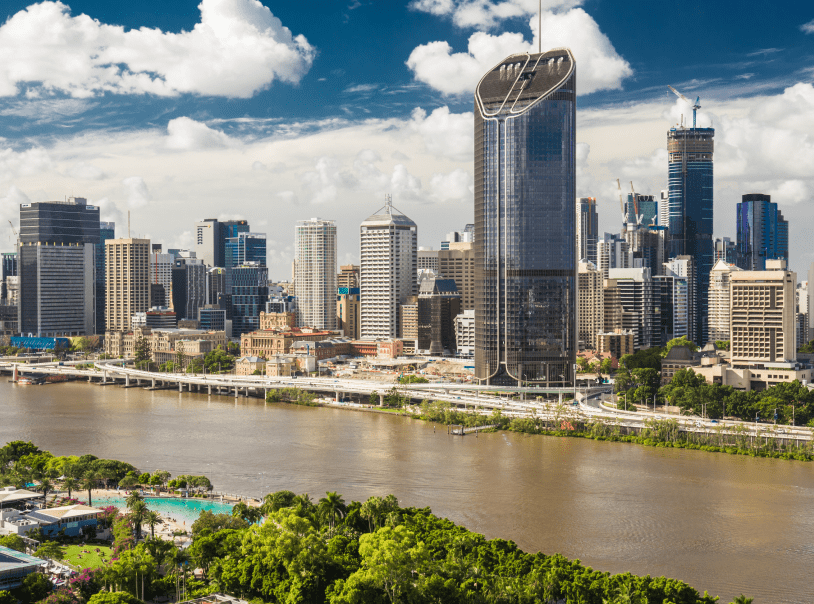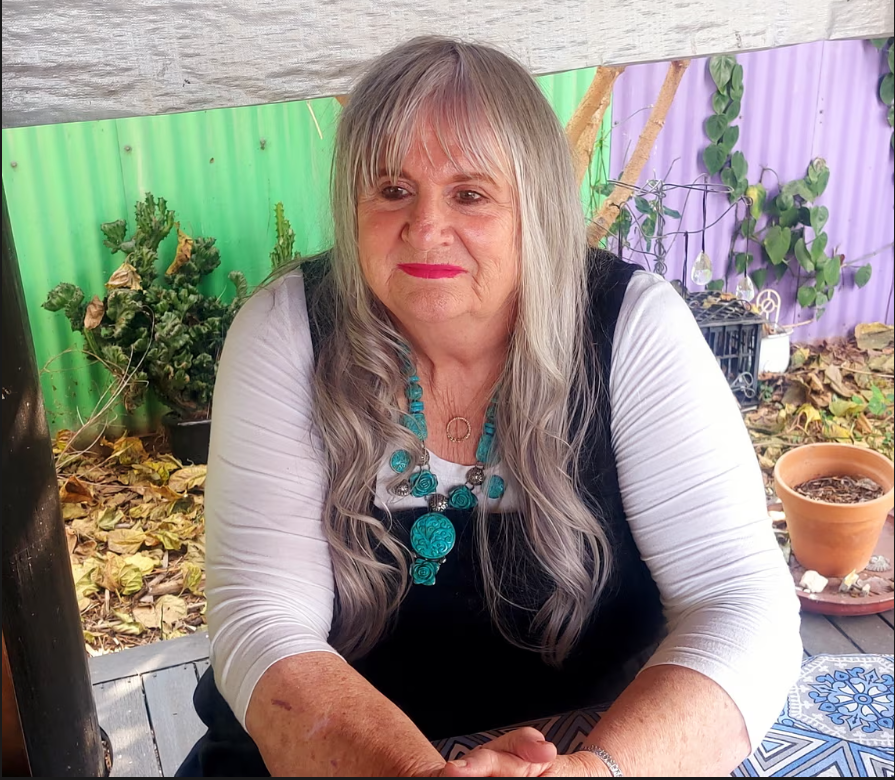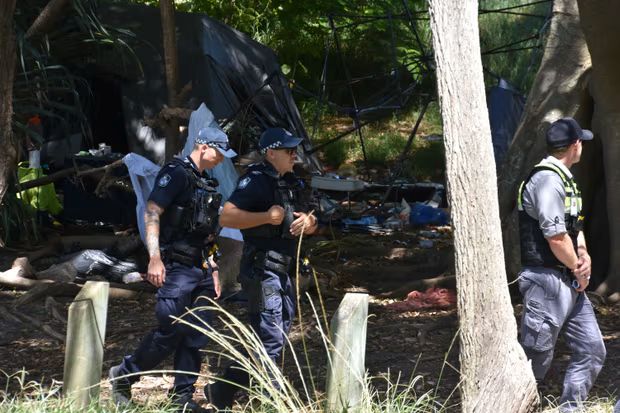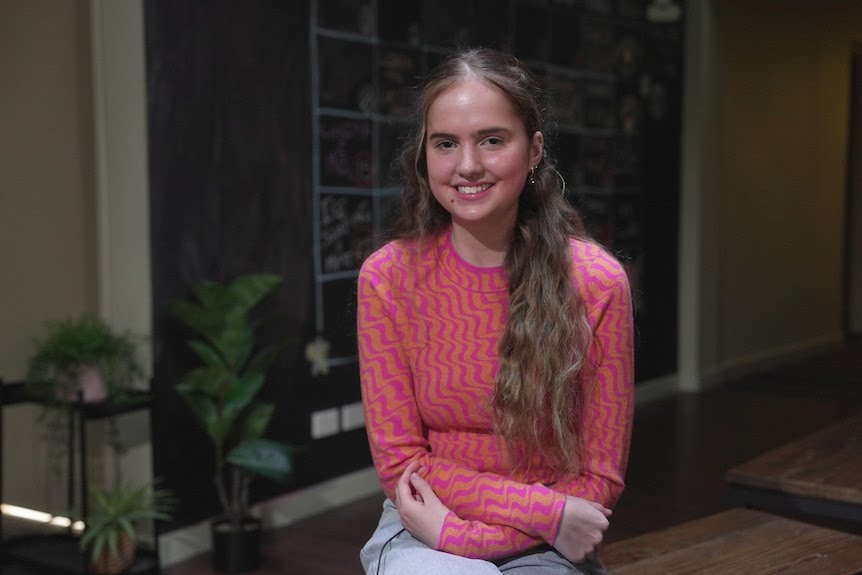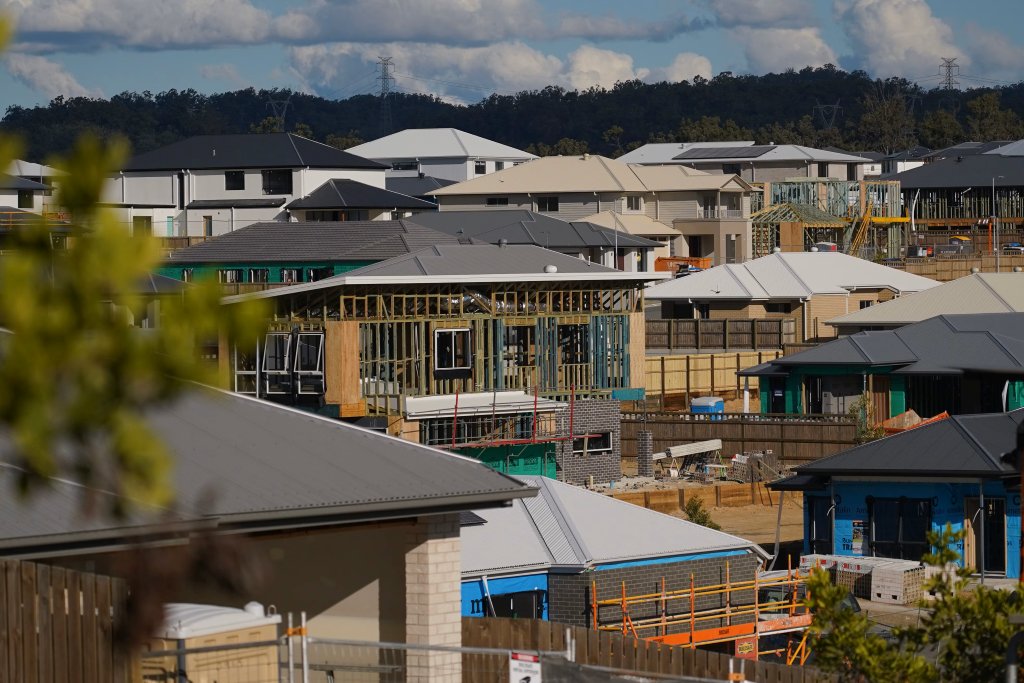Please see below key updates provided by network members. Note: Service disruptions for all will depend on the severity of…
Please see below key updates provided by network members. Note: Service disruptions for all will depend on the severity of…
The Guardian Opinion article by Maggie Shambrook – a founding participant of the Housing Older Women Movement. For many older…
City of Moreton Bay CEO says change that will see homeless face threat of fines is needed for health and…
New analysis from the Foyer Foundation has identified the 20 toughest places across the country for young people to find…
First home buyers purchasing a new build will no longer need to pay stamp duty under new laws set to…
- Queensland Statewide (all regions)
Jen is one of more than 13,000 people who experience homelessness in rural and regional Queensland on any given night….
- News, Queensland Statewide (all regions)
The Australian Alliance to End Homelessness (AAEH) has launched a sector wide lobbying campaign, Homes Beyond Covid, to raise awareness…
- News, Queensland Statewide (all regions)
The coronavirus pandemic may be the catalyst for a permanent increase to the unemployment benefit, with several consumer and social…
- Queensland Statewide (all regions)
The first national study on homelessness affecting women in regional Australia reveals a growing crisis. One in eight women on…
- Queensland Statewide (all regions)
On any one night in Australia, just over four per cent of households rent social housing. Yet it has housed…
- Queensland Statewide (all regions)
The lack of a coordinated coronavirus strategy for homeless communities could be catastrophic for sick and older people already struggling…
- Queensland Statewide (all regions)
At 58, Jackson Beaumont is halfway through two university degrees, scoring top marks in all his classes and laying the…
- Queensland Statewide (all regions)
Giving everyone access to public housing regardless of income is part of a multi billion dollar construction program the Greens…

